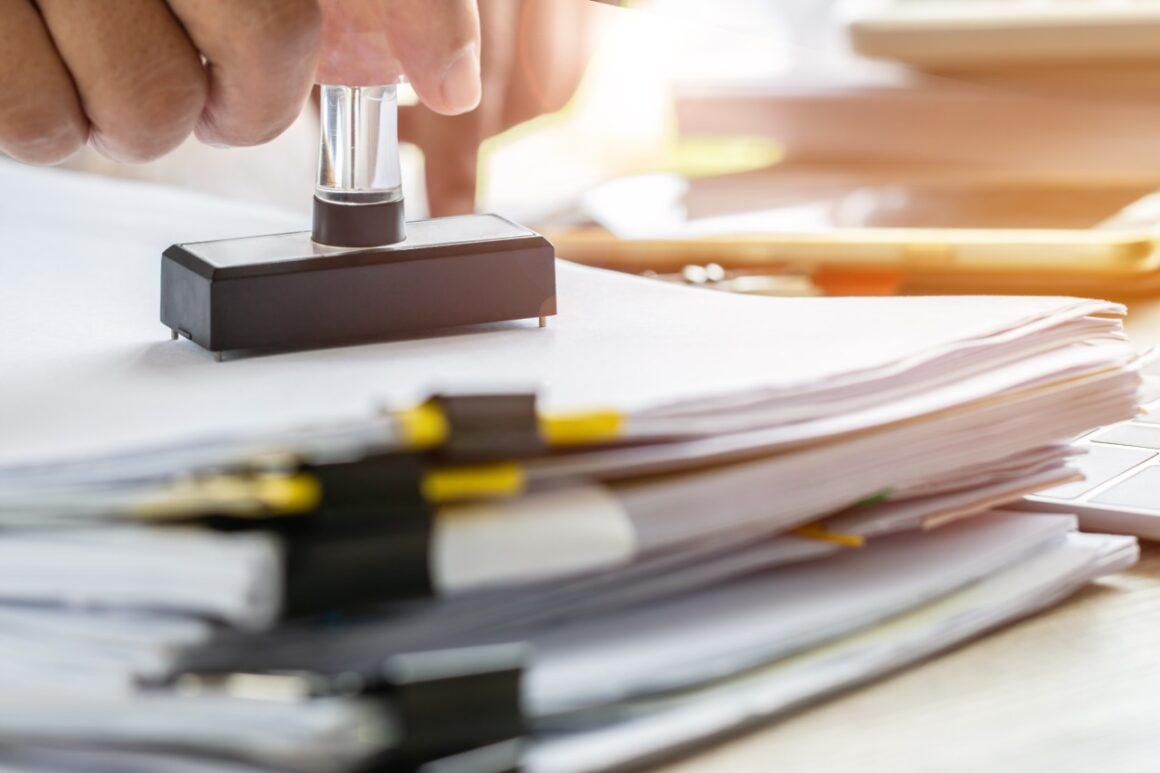The web resource
For the web resource that we have created to be susceptible to intellectual protection, this resource must be original, which should not be confused with novel. Originality means originality in the way an idea is represented, not the originality of the idea itself. Copyright does not protect ideas. On the Web, among others, resources are considered to be protected by Copyright: animations, videos, sounds, musical resources, texts, source code (client or server), icons, logos, graphics, etc …
u003cstrongu003eCopyright content u003c/strongu003e
The content of Copyright is divided into two classes of rights, the patrimonial or exploitation, and the moral.
u003cstrongu003eMoral rights u003c/strongu003e
They are non-economic, personal rights over the resource.
• Right of Disclosure: The author’s power to decide whether he publishes (divulges) his work (resource) or not, and in what way he will do so.
• Right of Paternity: Right to demand paternity, recognition as the author of the appeal.
• Right of Disclosure and Concealment: The author can decide to disclose a work with his name, with a pseudonym (nick) or sign, or anonymously. This does not mean that he renounces the authorship of the work.
• Right to Integrity: Power to prevent any deformation of the work that could harm the honor and reputation of the author. In an environment such as the Web, this right takes on special importance, due to the ease with which electronic resources can be manipulated and deformed.
• Protection: Not all countries have the same copyright protection. For example, in countries like the USA, less importance is attached to moral rights than in European countries. While in Europe moral rights are considered to have an eternal duration, which does not expire, in the USA they are considered to have the same duration as property rights, 70 years from the death of the author.





